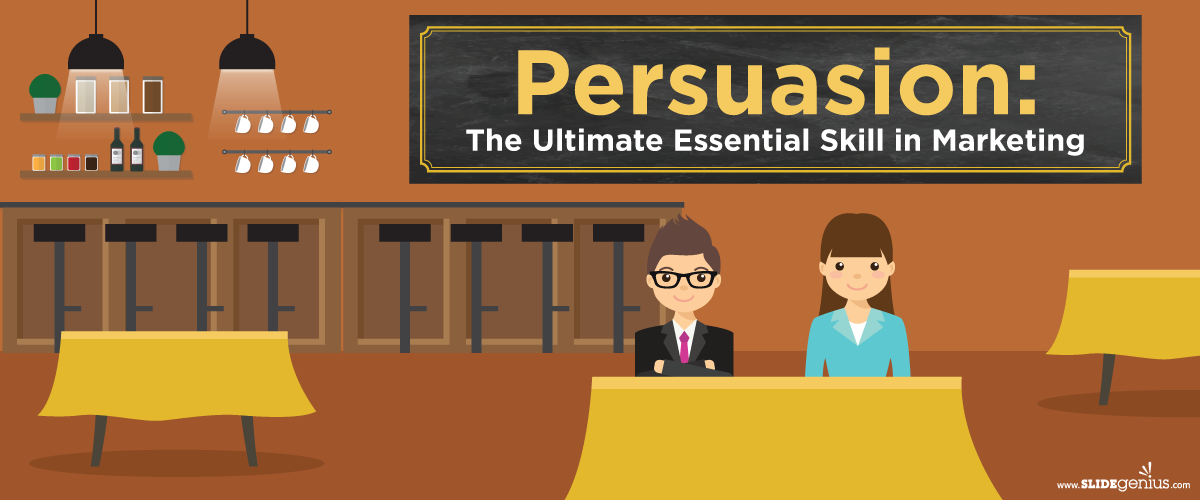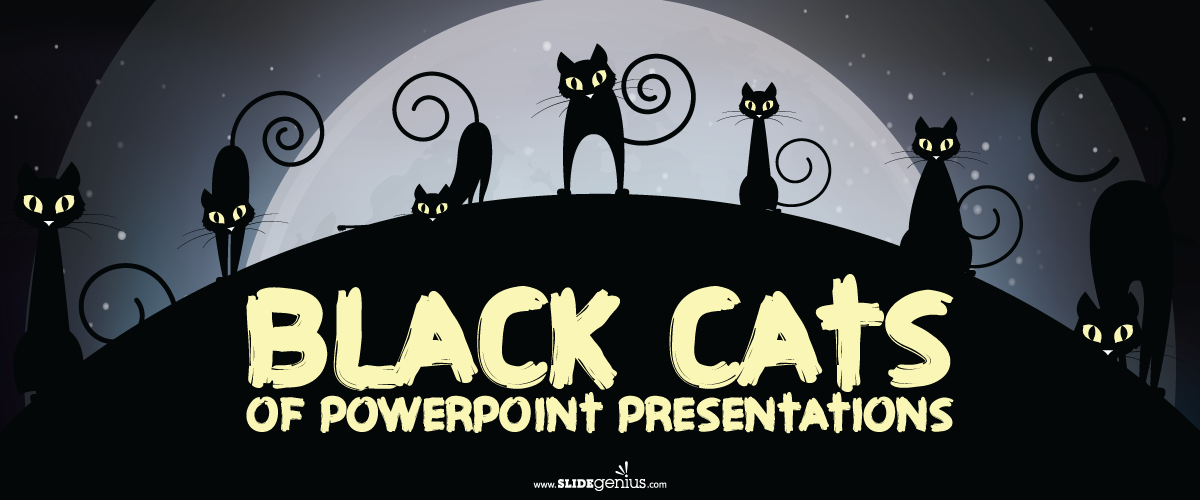Pitching isn’t just about selling – at least not directly. Our daily conversations during work, and personal matters all involve communicating. We try to influence others with our opinions, sentiments, and preferences everyday.This means that delivering a pitch involves getting your message across to your listeners.In his book, To Sell Is Human: The Surprising Truth About Moving Others, author and speaker Daniel Pink introduced the six successors to the elevator pitch: the one-word pitch, the question pitch, the rhyming pitch, the subject line pitch, the twitter pitch, and the Pixar pitch.These modernized types of pitches can be used by sales professionals to communicate with the audience better. This achieves a clearer, more convincing sales presentation.In this post, we’ll cover the first three types of pitches that you can use to enhance your content.
1. The One-word Pitch
The idea of one-word pitch or “one-word equity” was conceptualized by Maurice and Charles Saatchi, founders of Saatchi & Saatchi, one of the world’s top advertising agencies. By condensing your brand in one word, it can help your audience remember what you’re planning to convey.Nowadays, people have limited attention spans. Microsoft‘s study explains that the human attention span has declined from eight seconds to twelve in 2013. Given this limited timespan, presentations become more effective when they’re shorter.This means every presenter’s message needs to be clear and more direct, if only because clients will have an easier time remembering your main points.Some large firms incorporate this to their slogans to promote a more comprehensive way of presenting their brands to customers. For example, the word “search” is often associated with Google.
How to Get Started:
Pink advises presenters: “Write a 50-word pitch. Reduce it to 25 words. Then to six words. One of those remaining half-dozen is almost certainly your one-word pitch.”Ask yourself: If there’s one word you can use to describe your brand, what is it? Identify your objectives to guide you in crafting a more focused pitch. Decide what you want your audience to remember after hearing your brand name, or after letting them visualize your marketing campaign.This will help you come up with a powerful word that fits your desired plan. It can also instill a catchier, more memorable name you can associate with your business or brand.
2. The Question Pitch
There’s nothing more effective than questions that’ll motivate audiences to take action. Though you shouldn’t rely on this all the time, Pink’s research suggests certain questions become more persuasive when they possess a strong argument.For example, when Ronald Reagan was running for president in 1980, he chose to ask: “Are you better off now than you were four years ago?”, instead of mentioning America’s then-current economic recession and proving his point with numbers.Rhetorical questions like these are used to compelling the audience to resolve the point being discussed, while letting them absorb the message you want to deliver.Probing questions are also effective when convincing your listeners to share their stories and experiences, while voicing their concerns. Asking “Does this product interest you?” is way too open-ended from “Will this product provide convenience and solution to your concern?” The latter emphasizes the benefit and convinces your prospect to consider the offer.
How to Get Started:
Pink suggests: “Use this if your arguments are strong. If they’re weak, make a statement. Or better yet, find some new arguments.”If a statement won’t work, add a question to your pitch. This will prompt your listeners to answer it silently in their minds.When crafting your pitch, gather all the facts and resources needed, and organize relatable details or information to prioritize them. This lets you pinpoint what particular argument is more effective in a question form. It also ensures your listeners or prospects will understand the entire topic to make it more convincing.
3. The Rhyming Pitch
Pink states that “pitches that rhyme increase processing fluency.” This makes the message easier to digest and internalize.The following example shows how rhyming and non-rhyming words differ:
You’ll notice that the first sentence is much more interesting to hear than the second one. Incorporating rhyming words in your speech also improves audience recall as it produces a pleasant sound when they’re pronounced.Another example would be: “Videos can sustain what text can’t explain” has more impact than plainly saying it as “Videos can sustain text that lacks explanation.”
How to Get Started:
Pink states: “Don’t rack your brain for rhymes. Go online and find a rhyming dictionary.” Use the Internet to look for a rhyming dictionary. This will help you restructure plain and simple statements into rhyming sentences.Before applying it to your presentation, start by identifying your main points. Try out rhyming words to see if they’d work well together in one statement. You can also ask one of your colleagues for his opinion towards your pitch and give you his feedback.Be careful not to overdo it. Choose among and focus only on the ideas relevant to your subject for greater emphasis and easier retention. This will generate more interest among your listeners and draw attention to your performance.
Conclusion
Pink’s first three techniques not only offer a new approach in making your pitch more powerful and memorable. Applying these types can guide you in presenting your ideas creatively.Think of a word that’ll give your brand or business much exposure, and make it catchier enough to increase audience recall.For greater impact, make sure to deliver a strong argument. Ask questions that convince them to take action. Turn simple sentences into rhyming statements to let your listeners be more attentive to what you’re conveying.Try it yourself and you’ll be amazed by how it positively affects the way people better understand your message. Master these three approaches to allow for a better and more focused presentation that your audience will remember.To craft a more direct presentation, contact our team of professional designers today and ask for a free quote!
References
“3 Ways to Pitch Your Idea.” Inc.com. April 11, 2013. Accessed January 19, 2016. www.inc.com/thebuildnetwork/3-ways-to-pitch-your-idea.htmlGabrielsen, Jonas, and Tanja Juul Christiansen. The Power of Speech. Copenhagen: Hans Reitzel, 2010.“How does digital affect Canadian attention spans?” Microsoft. n.d. Accessed February 1, 2016. http://advertising.microsoft.com/en/cl/31966/how-does-digital-affect-canadian-attention-spansPink, Daniel H. To Sell Is Human: The Surprising Truth about Moving Others. New York: Riverhead Books, 2012.“Practice Your 6 Pitches.” To Sell Is Human: The Surprising Truth about Moving Others, 2012. Accessed January 19, 2016. www.danpink.com/wp-content/uploads/2013/01/sixpitches.pdfSnider, Emma. “6 Types of Sales Pitches Every Seller Should Know.” HubSpot. January 6, 2015. Accessed January 19, 2016. http://blog.hubspot.com/sales/sales-pitches-every-seller-should-know Featured Image: “Dan Pink 1” by Ethan Beute on flickr.com









